How to Combat Seasonal Airborne Allergies
Nothing says spring time like the wonderful symphony of sneezing and coughing that many people will be battling during this time of year. When a person is suffering from frequent sneezing, coughing, and other allergy symptoms that come on very suddenly it will likely be due to the different airborne allergens in the environment that have suddenly entered into the human body. Allergens are fine particles in the air that can easily float throughout an air space and easily enter into the human body through ingestion, inhalation, and skin contact, and after this occurs a bout of symptoms will soon follow causing controversy in a person’s health. What can you do when seasonal allergies strike, and you are unwillingly exposed to allergens in both your outdoor and indoor environment?
Seasonal allergies are difficult to combat not only when you come to outdoor environments but also indoor environments, which can easily become contaminated by outdoor allergens that find their way into the indoor space. Airborne seasonal allergens can range depending on the season and the type of weather conditions, which will impact the level of pollen/allergens in the air. When seasonal allergies take over in your personal indoor air space, what solutions can be used in a home to rid allergens from the indoor air?
In this article we are going to learn more about seasonal allergies, the different types of pollen allergies, and how best to combat seasonal airborne allergies in your home’s air.
What are Seasonal Allergies
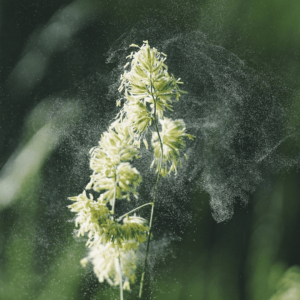 Did you know that more than 3 million people suffer from seasonal allergies in the United States each year? According to Healthline, seasonal allergies, also known as allergic rhinitis or hay fever, is a seasonally or even sometimes year-round condition that will cause an allergic response in the human body such as itchy, watery eyes, sneezing, and other similar symptoms. This type of allergy is mainly caused by tree, grass, and ragweed pollination in the outdoor environment that individuals will become exposed to both outdoors and indoors, due to the allergens ability to travel through the air and into the space of a home or other personal indoor environment.
Did you know that more than 3 million people suffer from seasonal allergies in the United States each year? According to Healthline, seasonal allergies, also known as allergic rhinitis or hay fever, is a seasonally or even sometimes year-round condition that will cause an allergic response in the human body such as itchy, watery eyes, sneezing, and other similar symptoms. This type of allergy is mainly caused by tree, grass, and ragweed pollination in the outdoor environment that individuals will become exposed to both outdoors and indoors, due to the allergens ability to travel through the air and into the space of a home or other personal indoor environment.
Most people are familiar with allergies and the response that the human body goes through that produces what we identify as allergy symptoms. Similar to allergies, seasonal allergies will go through that similar process in a person’s immune system. The immune system controls your body and how it will process/defend against foreign invaders, aka allergens that enter into the body. As an allergen such as pollen enters the body the immune system will immediately identify this allergen as an invader and will begin the process of producing antibodies called Immunoglobulin (IgE). These antibodies will travel to different cells in the body that release chemicals, causing an allergic reaction to occur such as sneezing, coughing, etc.
When is Allergy Season
How can you prepare for allergy season, especially when you usually don’t even suffer from pollen allergies typically? Every year and season are different, with some being stronger than others, producing larger quantities of pollen that other years past, which can make for even those individuals who don’t typically suffer from seasonal allergies impacted by the higher levels in the air. Many areas in the United States will experience a similar timeframe for seasonal allergies to begin, usually beginning in February and lasting until the early summer; however, this will all vary per climate, geographical area, and plant pollination in this environment.
When it comes to the production of pollen in the outdoor environment, usually we can expect for tree pollination to begin earliest in the year and soon after being followed by grass pollination in spring and summer, and ragweed in the late summer to fall. Although these are the normal timeframes that you will experience allergy season, it does not mean that every area will see pollination during these times as some places such as tropical climates will potentially see pollination throughout the whole year (especially grass pollination). Whereas, colder temperatures can also impact pollination times and cause for a premature, earlier pollination during the year, according to the American College of Allergy, Asthma & Immunology.
How Long Do Seasonal Allergies Last
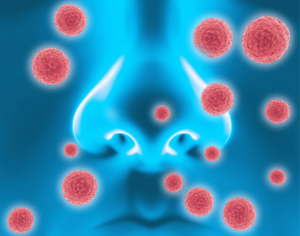 Identifying allergies can be one of the hardest things to do when it comes to seasonal allergies. The symptoms that are associated with allergies, and similarly seasonal allergies, are also commonly associated with other illnesses such as the common cold, thus making it difficult for a person to determine if they are suffering from seasonal allergies or simply the common cold. One of the biggest tell-tale signs of concluding whether or not you are experiencing cold symptoms or allergy symptoms will be the duration of time that you experience these symptoms for and in what environments they worsen. Typically, a common cold will last anywhere from 3 to 14 days on average, whereas seasonal allergies can last all season long and specifically in certain environments where the allergens are higher in the air.
Identifying allergies can be one of the hardest things to do when it comes to seasonal allergies. The symptoms that are associated with allergies, and similarly seasonal allergies, are also commonly associated with other illnesses such as the common cold, thus making it difficult for a person to determine if they are suffering from seasonal allergies or simply the common cold. One of the biggest tell-tale signs of concluding whether or not you are experiencing cold symptoms or allergy symptoms will be the duration of time that you experience these symptoms for and in what environments they worsen. Typically, a common cold will last anywhere from 3 to 14 days on average, whereas seasonal allergies can last all season long and specifically in certain environments where the allergens are higher in the air.
Overall, quantifying the amount of time that your seasonal allergies and their symptoms will last in your body is an undeterminable variable that will be impacted by a number of variables. Therefore, the only thing that can be done is to prepare and prevent against allergen exposure by cleaning your indoor air and taking preventative medicine.
Where Does Pollen Come From
Pollen is a scary one-syllable word that can cause alarming panic in many people, especially those who are allergy sufferers. Have you ever seen the thick green powdery-looking substance that will settle on your car that has been sitting outside? This green powder is what is known as pollen and this is the main allergen that is produced outside during allergy season that will impact many individuals who suffer from allergies. You may wonder where pollen comes from in the environment, and the answer to that is that pollen is small spores that come from male trees and flowers that are pollinating in the environment.
Generally, there are two different kinds of pollen in the environment; sticky pollen and wind-blown pollen. Sticky pollen is a pollen that is produced by plants and trees that have flowers that bees will stick to and transport it during flight, fertilizing other plants. Whereas wind-blown pollen is a type of pollen the comes from larger trees such as pine and oak trees, and the pollen will be release in large quantities that will allow for other trees of the same species to become fertilized, according to Allergy & Asthma Care.
Types of Pollen Allergies
As we have learned, seasonal allergies can be mainly caused by outdoor sources such as plants and trees that will pollinate and release pollen into the airspace. There are hundreds of different plant species that will release pollen into the air and ultimately trigger allergic reactions. These different pollen allergies can be caused by various trees and plants in the environment, and the most common types of pollen allergies that people will suffer from will include the following;
 Birch Pollen Allergy: Birch pollen is a common airborne allergen during allergy season, especially spring time allergies. When these trees bloom, they will release tiny grains of pollen that are scattered by the wind, allowing them to travel seamlessly through the air and potentially infiltrate the indoor air of a home or other indoor space.
Birch Pollen Allergy: Birch pollen is a common airborne allergen during allergy season, especially spring time allergies. When these trees bloom, they will release tiny grains of pollen that are scattered by the wind, allowing them to travel seamlessly through the air and potentially infiltrate the indoor air of a home or other indoor space.- Oak Pollen Allergy: Birch trees and oak trees are two types of tree species that send pollen into the air during the spring. Although oak pollen is considered to be mildly allergenic compared to other pollen created by trees, the oak pollen will stay in the air for a longer period of time than those odor pollens produced from other trees. Therefore, oak pollen can cause quite a stir of symptoms in those who are allergic to the various seasonal allergies.
- Grass Pollen Allergy: One of the primary types of allergies that people suffer from during allergy season is an allergy to grass pollen. Typically grass pollen allergies are the most severe during the summer months and it will cause some of the most severe and difficult-to-treat symptoms. Most allergy shots or tablets are geared towards alleviating this specific allergy, according to AAAAI reports.
- Ragweed Pollen Allergy: Ragweed plants are a major contributor of allergies when it comes to weed pollens in the environment. This plant and its pollen production are most active during the late spring and fall months of the year. Ragweed pollen can easily be transported by the wind and can travel nearly hundreds of miles and survive through colder climates.
What are the Symptoms of Pollen Allergies
The list of growing and variable symptoms that an individual may experience from pollen allergies can vary, and the severity of these symptoms will depend on a number of things such as how much pollen is in the air, the type of pollen a person is exposed to, and what kind of environment is exposed to these pollen levels. If you have an allergy to pollen and you become exposed to this particular type of pollen in the air, the symptoms that you may start to experience will include the following, according to the ACAAI;
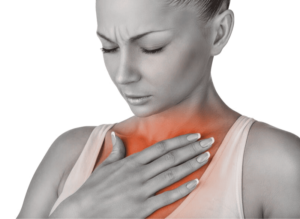 Sneezing
Sneezing- Nasal congestion
- Runny nose
- Watery eyes
- Itchy throat and eyes
- Wheezing
- Swollen, bluish-colored skin under eyes
- Decreased sense of taste or smell
- Increased asthmatic reactions
How to Get Rid of Allergens in Your Home
Have you begun to pick up on or notice that every time you walk into your home you are confronted with excessive sneezing, coughing, and/or watery eyes? You may notice that these symptoms will only start up inside of your home, which will lead you to not only be concerned but to maybe even piece together that allergies could be at play within the safe space of your home. When it comes to seasonal allergies, many people will consider this a strictly outdoor allergy, however, this is inaccurate due to the pollens ability to travel in the air and attach to materials (like clothes, shoes, pets, etc.) that will allow them to enter into your indoor spaces such as your home. As pollen finds its way into your home it will have a direct influence on your symptoms and health, making them potentially worse in this environment than even in the outdoor environment where the pollen originated within to begin.
Therefore, when it comes to the best ways on how to get rid of allergens in your home it is important to integrate safe and effective solutions that will ultimately help to improve the indoor air quality and take away allergens in the air that can be impacting the occupants health. Among those different methods used for removing pollen and other allergens from the air of your home, the best for cleaning the air is to use an effective air purifier for asthma and allergy control.
Air Purifiers for Allergies Do They Work?
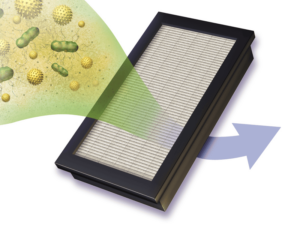 An air purifier is an air quality device that is designed to filter and clean the indoor air of a space using a specific type of filtration technology (depending on the type of air purifier you purchase). Recently, air purifiers have become a game changing air quality solution that has been popular for the removal and mitigation of many airborne pollutants such as noxious and toxic chemicals and odors, allergens, and even microorganisms (mold spores, bacteria, and viruses) found in the air of indoor spaces. Each air purifier and air purifier technology that is found and used in specific air purifier brands will work to attack and remove certain pollutants from the air, whether that be one that focuses on odor removal or an air purifier that is geared specifically for allergen removal in the air, thus it is important to educate yourself on the different capabilities of the air purifier against pollen prior to purchasing.
An air purifier is an air quality device that is designed to filter and clean the indoor air of a space using a specific type of filtration technology (depending on the type of air purifier you purchase). Recently, air purifiers have become a game changing air quality solution that has been popular for the removal and mitigation of many airborne pollutants such as noxious and toxic chemicals and odors, allergens, and even microorganisms (mold spores, bacteria, and viruses) found in the air of indoor spaces. Each air purifier and air purifier technology that is found and used in specific air purifier brands will work to attack and remove certain pollutants from the air, whether that be one that focuses on odor removal or an air purifier that is geared specifically for allergen removal in the air, thus it is important to educate yourself on the different capabilities of the air purifier against pollen prior to purchasing.
Typically, however, air purifiers that are used for allergies and asthma sufferers will all utilize some form of filtration that will be capable of capturing and collecting fine particulate matter from the air, such as HEPA filters. HEPA filters are a type of filter that specifically work to capture and collect fine particulate matter within its large, dense surface media that contains strategically weaved materials for the ability to capture these allergens in the air. This will allow for the air purifier to be successful in its removal of allergens from the air of your home’s indoor space.
Best Air Purifier for Asthma and Allergies
When it comes to determining what is the best air purifier for asthma and allergy sufferers, as we said earlier the capability of having an allergen removing air filter within the purifier, such as a HEPA filter, is important to mitigating the indoor air. Among the different air purifier options available for consumers today, the EnviroKlenz Air Purifier has become a popular option, due to its capability to address and remove a variety of airborne pollutants from the air including noxious and toxic chemicals and odors, as well as allergens and fine particulate removal through its two-stage filtration process.
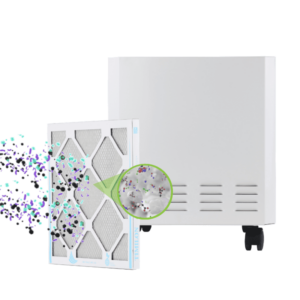 The EnviroKlenz Air Purifier is a revolutionary air purification device that utilizes a proprietary earth mineral technology that was designed specifically to target noxious and toxic chemicals and odors; capturing, containing, and neutralizing these airborne pollutants completely from the environment without the use of chemicals or masking agents. Along with this first stage filtration capability, EnviroKlenz also contains a second-stage filtration of a hospital-grade HEPA filter for fine particulate matter removal larger than 0.3 microns in size – which will include allergens such as pollen from the air. Therefore, this specific type of air purification device can be used for a variety of indoor air quality problems including those who are suffering from seasonal allergies that need indoor relief from these airborne allergens.
The EnviroKlenz Air Purifier is a revolutionary air purification device that utilizes a proprietary earth mineral technology that was designed specifically to target noxious and toxic chemicals and odors; capturing, containing, and neutralizing these airborne pollutants completely from the environment without the use of chemicals or masking agents. Along with this first stage filtration capability, EnviroKlenz also contains a second-stage filtration of a hospital-grade HEPA filter for fine particulate matter removal larger than 0.3 microns in size – which will include allergens such as pollen from the air. Therefore, this specific type of air purification device can be used for a variety of indoor air quality problems including those who are suffering from seasonal allergies that need indoor relief from these airborne allergens.
Article Sources:
- Healthline: Seasonal Allergies: Symptoms, Causes, and Treatment (link)
- American College of Allergy, Asthma, & Immunology (ACAAI): Seasonal Allergies (link)
- Allergy & Asthma Care: Where Does Pollen Come From? (link)
- American Academy of Allergy Asthma & Immunology (AAAAI): SLIT Treatment for Allergic Rhinitis (link)
- American College of Allergy, Asthma, & Immunology (ACAAI): Pollen Allergy (link)

Mobile Air System
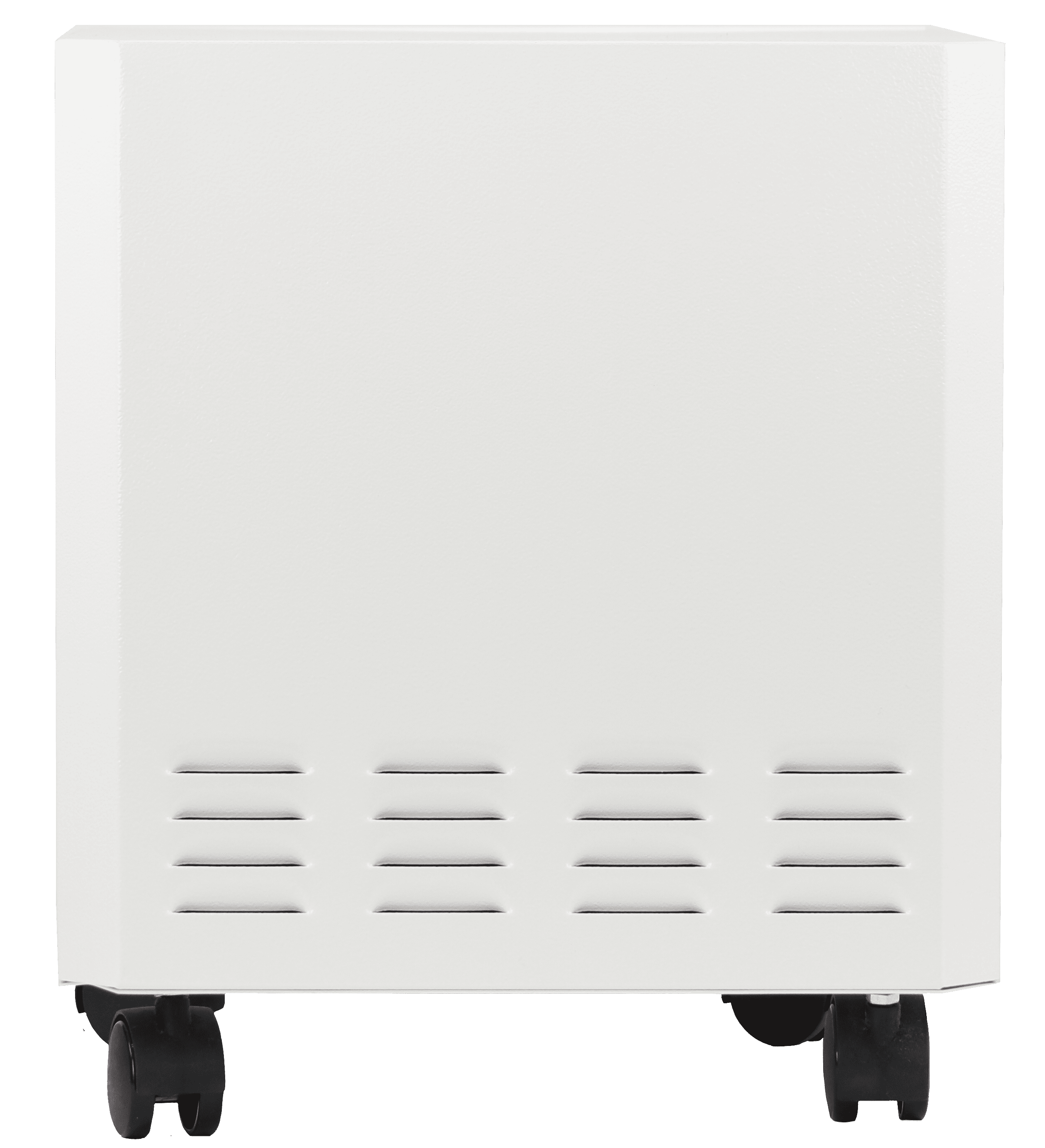
✓ Patented earth mineral technology works to attack VOCs and break them down on a compound level
✓ No chemicals or masking agents
✓ Will not release any chemicals back into your environment
✓ Safer and faster at removing VOC’s than traditional carbon filters and PECO air purifiers
Comments
Post a Comment